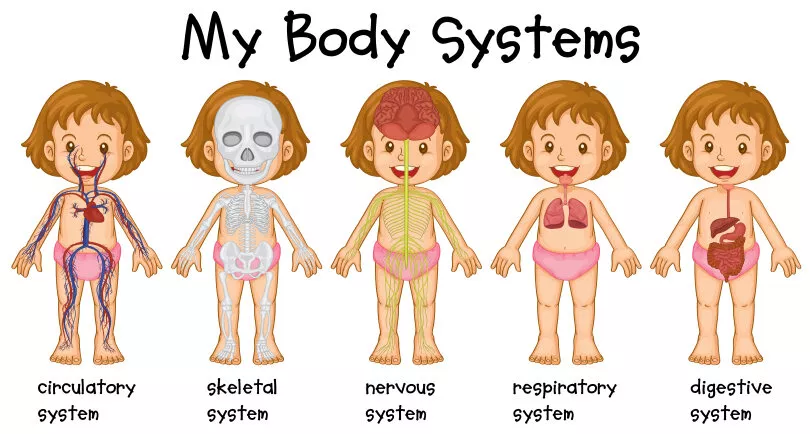Interaction: Introduction To Force
In this article, you will be introduced to Forces and their effects according to the Singapore Primary 6 Science syllabus. You will learn to identify a force as a push or a pull, understand the different effects that a force has on an object and recognise the different examples of forces.
Understanding Force as a Push and Pull
When two objects interact with each other, there will be a force acting on each other. This force can be a push or a pull depending upon what kind of interaction the objects have.
A push is an action that moves a body away from you. When a push is being applied onto an object, the object moves away. For example, when you push a box, the box moves away from you.
A pull is an action that moves a body towards you. When a pull is being applied onto an object, the object moves towards you. For example, when you pull a trolley, the trolley moves towards you.
Force is everywhere around you. When you are walking, you are exerting a force on the ground. When you are writing, you are exerting a force with your pen on the paper.
Here are a few common activities that you perform daily that are being classified into either a push, a pull or both.
| Push | Pull | Both Push and Pull |
|---|---|---|
|
|
|
Effects of Forces
Force is everywhere around us and occurs almost all the time. We cannot see a force. We can only see or feel the effect caused by a force, i.e. we can only observe what the force has done to the object.
Let’s see some of the common effects caused by forces.
-
A force can cause a stationary object (at rest) to start moving.
Some common everyday activities that display this effect of force include kicking a ball, pushing someone, starting the car engine, pushing a trolley, cycling, etc.
-
A force can cause a moving object to speed up or slow down or change its direction of motion.
Examples of these effects from our daily lives are given in the table below.
| Effect | Examples |
|---|---|
| Speed up |
|
| Slow down |
|
| Change direction |
|
-
A force can stop a moving object
We see this effect of force in action when we catch a ball thrown at us, when a goalkeeper catches the football kicked towards him, catching a frisbee, etc.
-
A force can change the shape of an object
When we squeeze a sponge or when we crush a soda can, we are applying a pushing force and the shape of the object changes due to it. Other examples include kneading the dough or clay, stretching a rubber band, crushing a paper, etc.
Types of Forces
Different types of forces exist around us. Some forces act only when two objects come in contact with each other, while some other forces can act on objects from a distance. The different forces that you will learn about in Primary 6 Science are:
- Magnetic force
- Frictional force
- Gravitational force
- Elastic spring force
Conclusion
In this article, we learnt about how to identify a force as a push (when it causes an object to move away from you) or a pull (when it causes an object to move towards you) or both.
We also learnt that a force cannot be seen but the effects of a force can be observed. A force can cause a stationary object to start moving, or a moving object to speed up, slow down or change direction. It can also cause a moving object to stop and can even change the shape of an object.
| Continue Learning | |
|---|---|
| Interaction: Introduction to Force | Living Together |
| The Environment And Relationships | Food Chains: Roles And Relationships |
| Interaction Of Forces: Friction | Food Webs: Roles And Relationships |
| Energy In Food | |
Test Yourself
Timmy threw a ball at the wall. Which one of the following effects of force is illustrated when Timmy threw the ball?
1. A force can stop a moving object.
2. A force can make a stationary object move.
3. A force can change the speed of a moving object.
4. A force can change the direction of a moving object.
When a ball is being thrown at the wall, the ball will hit the wall and bounce back.
Ans: (D) Statement 1
Which of the following are examples that show a force that can change both the direction and the speed of a moving object?

When the two balls in A knock into each other, the balls may move slower, stop or change direction.
The two balls in B are moving in the same direction and so the direction of the balls will not change when they hit each other.
The ball in C is being dropped onto the ground and bounced back up. Thus, the direction and the speed of the ball are being changed.
Ans: (B) A and C only


 SG
SG  VN
VN 














